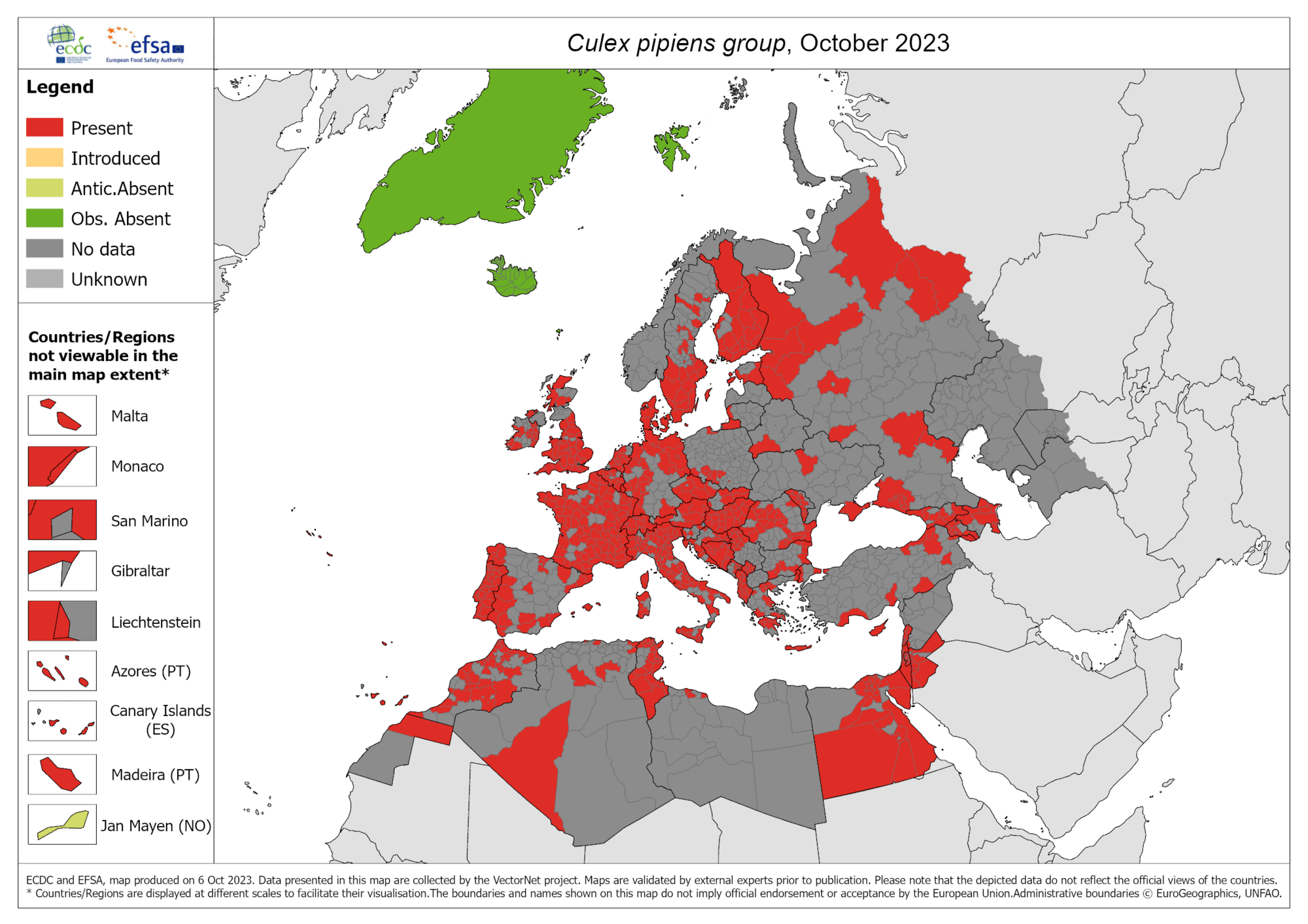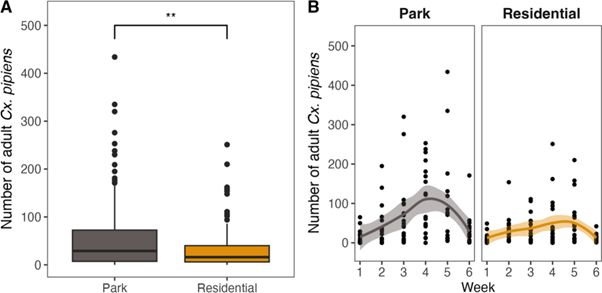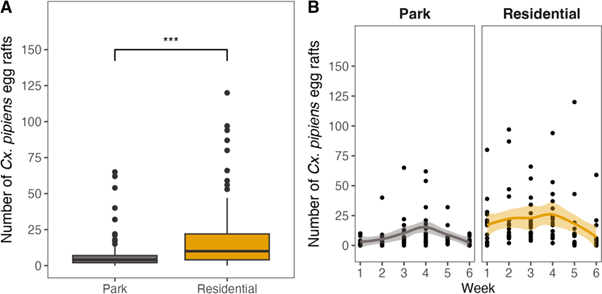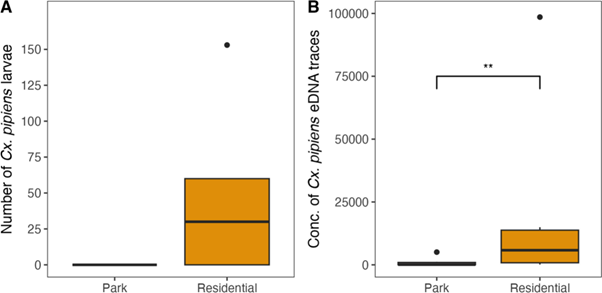
The effects of climate change are numerous and vary depending on the environment.
Combating these effects is a particular challenge for urban areas, especially densely populated cities, where climate-related environmental changes can negatively impact the health of human (and animal) populations that live there, such as through the urban heat island effect, increasing adverse weather events, and water availability issues (either too much or too little).
This is concerning considering that by 2050, >60% of the world’s population are projected to live in urbanised landscapes. In response to this global challenge, there has been a major push for increased urban (climate) resilience, focused on nature-based solutions.
One effective strategy to address multiple climate-based challenges faced by urban environments is the concept of ‘greening’ cities or developing ‘urban nature’. By establishing green spaces and integrating nature into urban areas, cities can simultaneously mitigate temperature increases, improve air quality, enhance drainage, reduce flooding risks, and promote biodiversity.
However, due to the availability of suitable breeding habitats often found in cities (drainage ditches, ponds, plant pots, etc), and lower predator numbers, increasing urbanisation has been linked to increased mosquito abundance. There is a worry that, while ‘greening’ urban spaces will increase resilience to the effects of climate change, it may also inadvertently foster mosquito habitats, acting to increase mosquito-human interactions.
This inevitably increases the risk of mosquito-borne disease outbreaks. Such outbreaks have also been linked to the occurrence of extreme weather events, including heatwaves, droughts, and heavy, unpredictable rainfall, all of which are expected to increase due to climatic changes, and which are particularly severe in cities.
Mosquito species from the genera Aedes and Culex are highly abundant in urban areas and vectors of numerous pathogens that can cause disease in humans, wildlife, and livestock. Culex pipiens (the common house mosquito), for example, is distributed across Europe, where it’s both a nuisance biter and vector of diseases such as West Nile Virus, Usutu Virus, dirofilariasis, and avian malaria.

As a result, it’s vital to improve our understanding of how mosquito vector species utilise urban areas. A recent study by a group of collaborating researchers from four institutions in The Netherlands have done just this. They looked at the distribution of different life stages of Culex pipiens across the densely populated and heavily urbanised city of Leiden.
By focusing on how the abundance of different mosquito life stages and possible breeding sites varied between ‘green’ (e.g. city parks) and ‘grey’ (i.e residential areas) urban areas, as well as the different microclimatic conditions in these two contrasting regions, the study set out to highlight any links between habitat type, environmental factors, and how Cx. pipiens mosquitoes exploit urban environments.
Egg, larval, and adult stages of Cx. pipiens were sampled over a period of a month at 36 sites across Leiden. These 36 sites formed 6 paired sampling locations, where each pair comprised three urban green areas (parks) and three grey areas (residential sites).

Highlighting local microclimatic differences between parks and residential areas
Local microclimatic factors known to be important for mosquito survival and development, including air temperature, relative humidity, and windspeed, were measured at all 36 sites throughout the whole study period using simple open-source weather stations.
Parks and residential areas were found to have identical maximum temperatures throughout the study period (22.9 °C), while parks had a lower minimum (13.7 °C) and mean temperatures (17.2 °C) than residential areas. Parks also had higher maximum (82.9%), minimum (55.3%), and mean (72.4%) relative humidity than the residential areas, whereas windspeed varied only ever so slightly between the two urban environments.

The abundance of adult Cx. pipiens differed between parks and residential areas
Mosquitoes were trapped at the 36 sites using carbon dioxide-baited traps, with adult mosquitoes identified using morphological characteristics.
Overall, 10,227 adult Cx. pipiens were collected across all sites. Of these, almost double as many adults were identified in parks (6,624) compared to residential areas (3,603).
When combined with the microclimatic measurements, the greater abundance of adult mosquitoes in parks suggests the slightly cooler and more humid environments in comparison to residential areas are preferential urban habitats for adult Cx. pipiens.

Differences in Cx. pipiens oviposition and larval abundance between parks and residential areas
Mosquito egg rafts were collected weekly from water-filled buckets (containing nutrients) placed under each trap at all 36 sampling locations. Possible breeding sites within a 100m radius of the traps were counted, classified into four categories (lake, ditch, pond or artificial), and sampled for Cx. pipiens larvae using two complementary approaches – larval ‘dipping’ (accurate when larval numbers are high) and environmental DNA (eDNA) detection (can determine mosquito presence when larvae are not observed).
In total, 2,841 Cx. pipiens egg rafts were observed. Almost three times as many egg rafts (2,067) were found in residential areas compared to parks (774).

All Cx. pipiens larvae (665) were identified in storm drains within residential areas, where these sites, on average, had approximately 20 times higher concentration of Cx. pipiens eDNA than found in parks.
Collectively, this suggests that occupancy of residential breeding habitats by Cx. pipiens mosquitoes is much greater than those in parks. The authors suggest this may be due to the greater availability of main-made containers (e.g. road drains, construction sites, bird baths, etc.) that form ideal breeding sites in residential areas, but also a greater abundance of predators of mosquito larvae (e.g. fish and amphibians) in permanent water bodies found in parks that reduce mosquito larvae numbers.

This study revealed distinct patterns in the distribution of Culex pipiens mosquitoes across green and grey spaces in an urban landscape.
Larval stages and oviposition rates were found to be significantly higher in residential areas due to the abundance of suitable breeding habitats, whereas adult mosquitoes were more prevalent in parks, likely influenced by more preferred microclimatic conditions in these urban green spaces.
These findings highlight the importance of urban habitat characteristics on different Cx. pipiens life stages, shedding light on the factors guiding their distribution in urban environments.
Understanding these patterns will help guide the design and implementation of effective mosquito management strategies in densely populated areas that act to limit the risks of mosquito-borne disease outbreaks and nuisance biting in our cities.

Comments